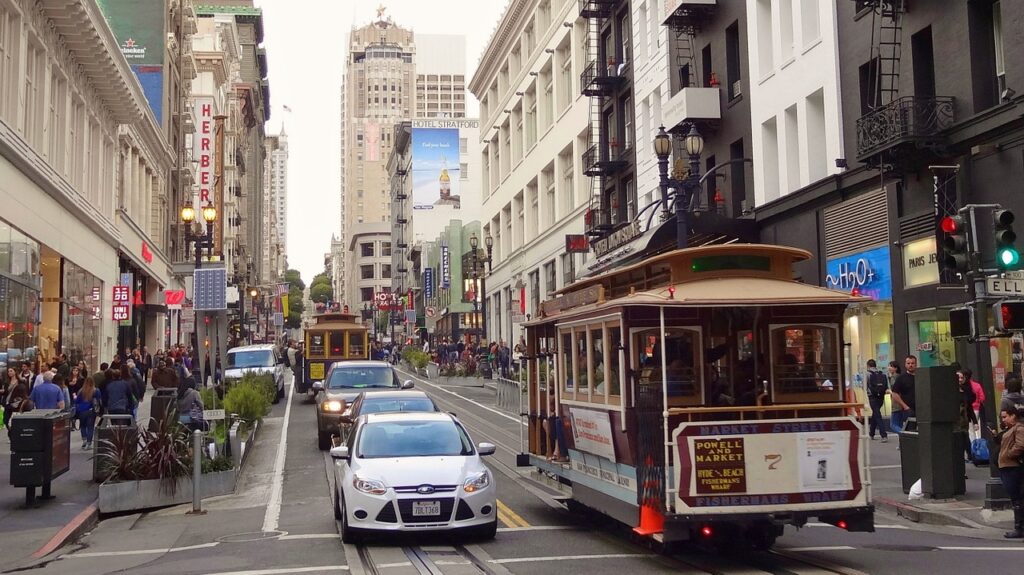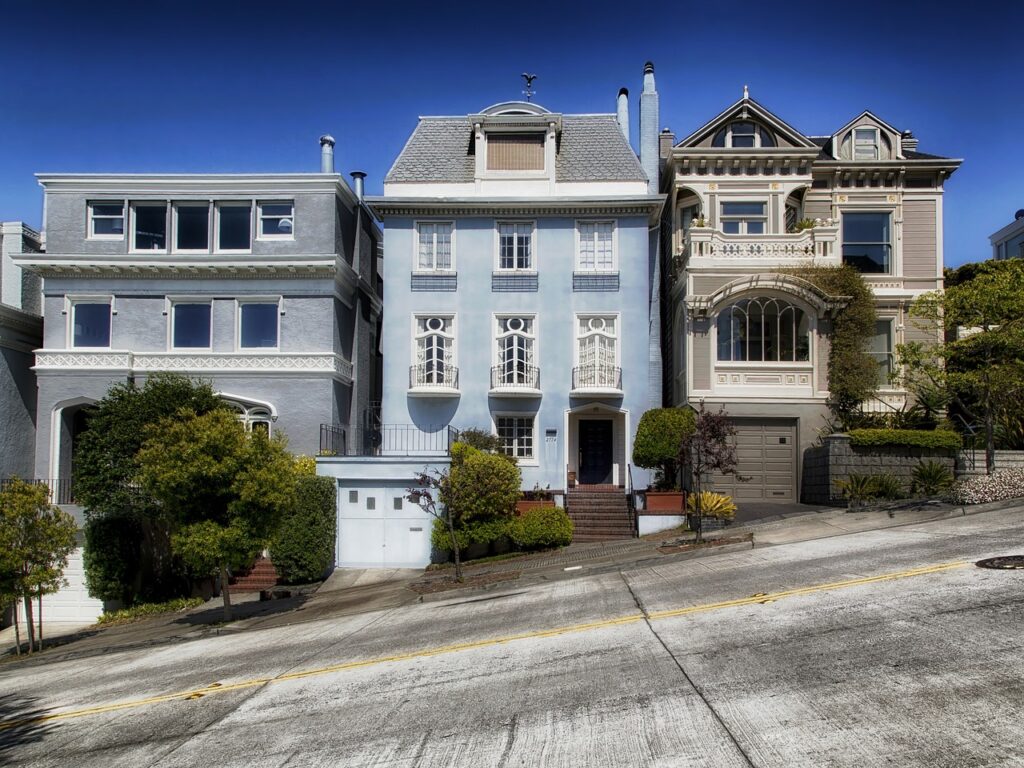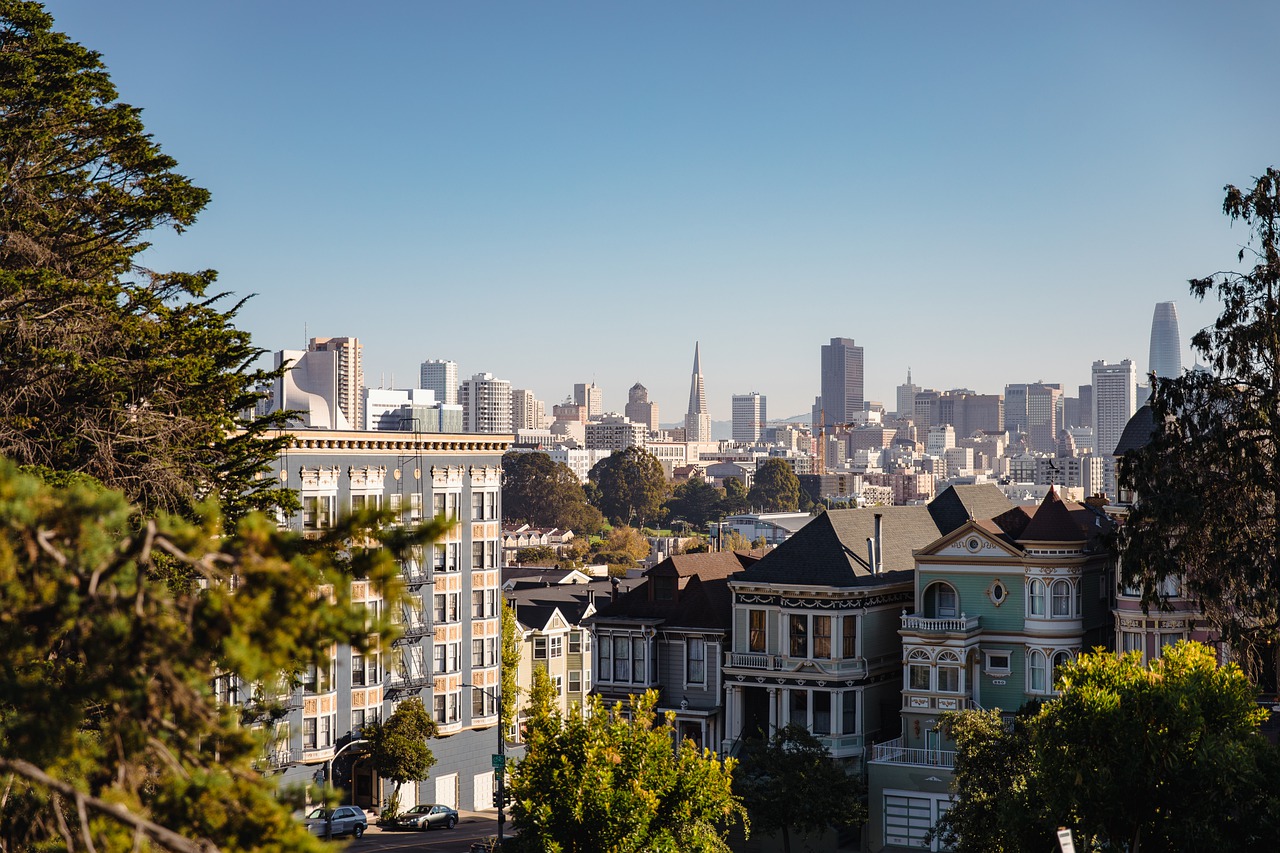Is moving to San Francisco a good decision for your family? We hear that question often. Unfortunately, that question is not easy to answer. There are many factors that may be decisive and all we can do is give you do the facts and propositions but ultimately, you will have to take all that into consideration and make the final decision. Now let’s take a look at what Verified Movers think whether San Francisco is still a family-friendly city, or things have changed.
San Francisco is not a particularly family-friendly city
If you are thinking about moving to San Francisco with your family, the first thing you need to know is that it is not easy to raise children in this city. It can be great to live here as an adult. But if you have school-age kids, maybe you should think again. The biggest problem in San Francisco is the city’s Unified School District’s complicated lottery system. It can send your kid to a school that is not really in your neighborhood. And that is not really convenient, you must agree. Also, the lack of real family-friendly neighborhoods doesn’t make things much easier for families. That can really be a change for you if you are, for example moving from Florida to California, because Sunshine State is much better in this regard than California.

There aren’t many family-friendly neighborhoods in the city
You need to try hard to find a good neighborhood
When it comes to neighborhoods, you need to know that not everything in San Francisco is so great like in the most popular images you can find online. Sure there are beautiful areas in the city. But there are also areas with homeless encampments, and murky and depressed neighborhoods like Tenderloin, Sunset, and Richmond. Of course, there are nice and family-friendly neighborhoods like Noe Valley, which are, of course, far more expensive. Another thing that you need to consider when choosing a neighborhood in San Francisco is that every area has its own microclimate. You won’t believe how different two neighborhoods of the same city can be until you move to San Francisco.
San Francisco has some of the most expensive properties in the US
When relocating to San Francisco, you also need to be aware that it is one of the, if not the most expensive city in the US. For example, the median home value in San Francisco is $1.38 million. While rents for one-bedroom apartments are around $3,700. Of course, you do not have to live in the most prominent neighborhoods of the city. However, if you are looking for a cheaper option, you won’t be living in San Francisco you see on postcards. Another big problem in San Francisco, and the thing that really is most responsible for such high prices, is the lack of available homes on the real estate market. You will really have to invest a lot of time, effort, and money in order to find a perfect home for you and your family.

Real estate prices are incredibly high – cheaper neighborhoods are not that nice, on the other hand
Traffic is bad in San Francisco
Another big problem in San Francisco is traffic and that it is not really a good idea to own a car here. And we all know that most families cannot properly function without a car. Finding a parking spot is most of the time a nightmare. While a simple short drive could easily turn into a several-hour torment. People in San Francisco mostly get by walking, using public transportation, or some of those electric bikes. If you decide for walking though, know that you will at least get in shape as the city has many hills and staircases all around. Think about this well before you start calling long distance moving companies San Francisco to help you relocate here. If you can function without a car, then San Francisco might be good for you. If not, maybe you should think about moving somewhere else.
Weather in San Francisco is not what you might expect
Another thing that you might find problematic, especially if you are moving to San Francisco from Florida is the weather. Yes, you have probably seen all those nice and sunny images of the Golden City online. The reality is that while most of the country enjoys sunny and warm summers, in San Francisco you will have gloomy and foggy weather during the summer. And the only time of the year when you can expect to experience warm and fairly nice weather is during September and October. Make sure that you are ready for this. You do not want to be chasing interstate moving companies California to get you back to Florida a month after a move.

Weather is often gloomy and foggy – a big change if you are coming from Florida
You will have plenty of open spaces available
One of the biggest advantages of living in San Francisco is open space. You will not have to pay for a gym membership, for example, as you can engage in sports activities in one of the city’s great parks and open spaces. Places like Golden Gate Park, Alta Plaza Park, or Mission Dolores Park are just some of the options that you will have at your disposal for outdoor activities. Moreover, you will often be able to enjoy various events that these places host throughout the year.
Think twice before you decide to move your family to San Francisco
As you can see there are many things that you need to think about before moving to San Francisco with your family. Unfortunately, the city is not particularly family-friendly. But there are areas of San Francisco in which you and your kids will feel great. Unfortunately, finding an available property in those areas can take time.




